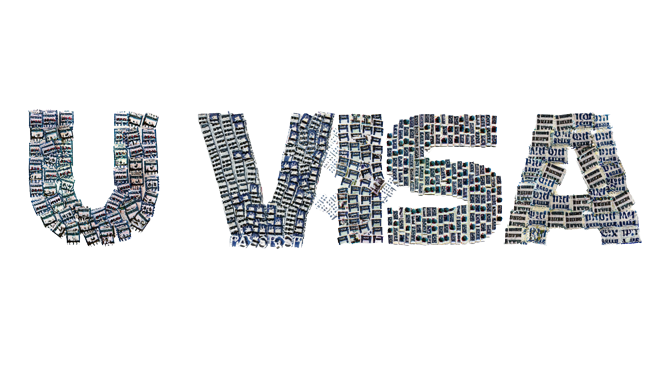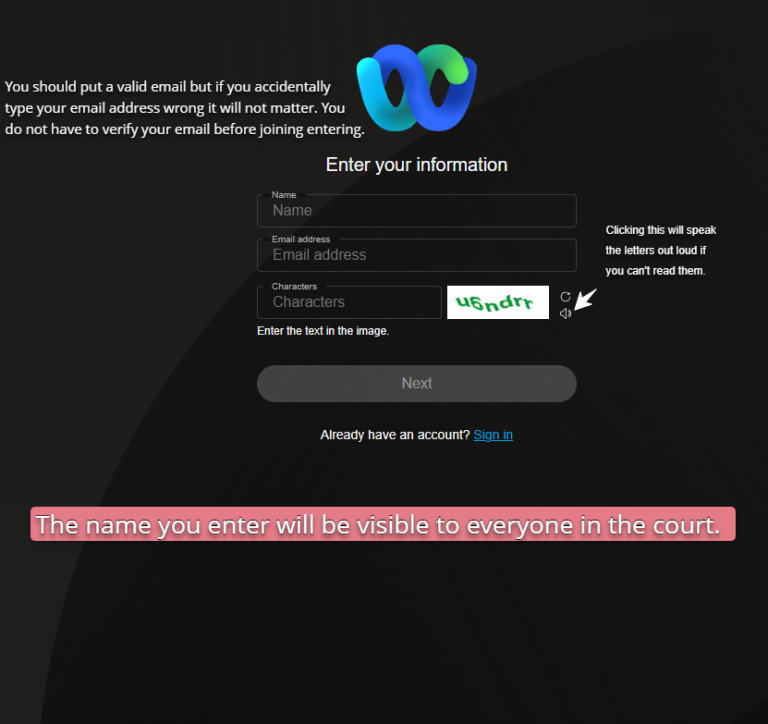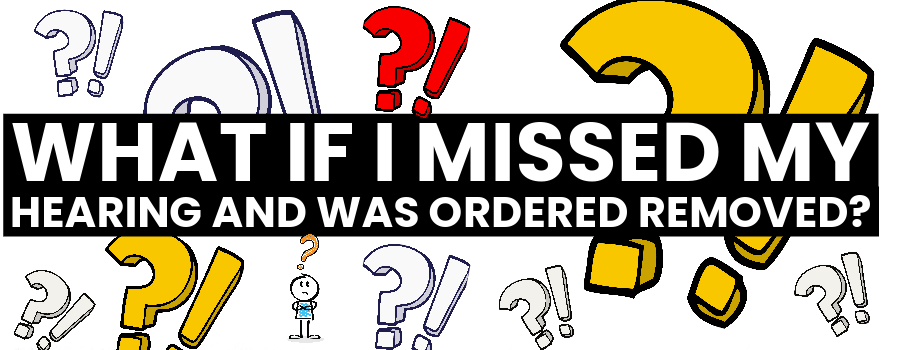The “petty offense exception” applied to a person with only one conviction for a crime involving moral turpitude (CIMT). Since so many offenses can be classified as crimes involving moral turpitude, many noncitizens risk being excluded even for minor convictions. Coming within the Petty Offense Exception is one way to avoid this exclusion. This exception excuses inadmissibility, but not deportability, on account of a conviction of, or admission of committing, one crime of moral turpitude. It does not excuse any other ground of inadmissibility, such as a drug conviction. This question was sent in by someone who asked another question but in their email mentioned the petty offense exception and how they weren’t sure what it is or how it worked. Thank you so much for submitting this questions and I hope to receive more questions from readers. You can submit questions anonymously by email or by using our simple question submission form. The person must meet the following criteria under INA § 212(a)(2)(A)(ii)(II): COMMISSION OF ONLY ONE CMT If the government shows, by a preponderance of the evidence, that a noncitizen has committed a second CMT, s/he will no longer be eligible for the petty offense exception to inadmissibility. Counsel should check the defendant’s entire criminal record to make sure that s/he has committed only one crime involving moral turpitude. Commission of a second moral turpitude offense, even if the conviction was expunged, or charges were dismissed and there was no second conviction at all, will disqualify the defendant from eligibility for the Petty Offense Exception to inadmissibility for one CMT. On the other hand, previous non-turpitude convictions (e.g., driving under the influence, simple assault) will not disqualify the defendant from receiving the Petty Offense Exception. A court finding that a defendant violated a condition of probation does not constitute a conviction, and therefore does not establish that the defendant committed a second CMT for purposes of disqualifying him or her from the petty offense exception to inadmissibility. However, if the conduct underlying the violation of probation constitutes CMT conduct (i.e., the commission of a second CMT), the conduct could disqualify a noncitizen from the Petty Offense Exception. Counsel should examine the petition filed in the criminal court alleging a violation of probation, and any attached documents such as police reports, and determine the nature of the conduct resulting in the allegation that the defendant violated probation. The question of whether a noncitizen has committed a second CMT is a conduct-based factor, and the noncitizen is free to contest it as a factual matter. The client could testify in removal proceedings they did not commit the second CMT, or call other witnesses to prove this. For example, in the context of determining whether a noncitizen on supervised release from immigration detention had violated the term of the release requiring that he not “commit any crimes, “ the Ninth Circuit has held that a plea of no contest in criminal proceedings is insufficient evidence to show that the noncitizen has committed a crime, since a nolo contendere plea is not an admission of guilt to the underlying crime. Applied in this context, counsel can argue that a no contest plea cannot be used to establish that a noncitizen has “committed” another CMT, because even though there is a conviction, a no contest plea gives no proof that the offense of conviction was “committed” by the defendant. Other evidence, however, could be used to prove the conduct. Counsel can also argue (similarly to the single scheme concept applied to the two or more CMT ground of deportability) that a second CMT committed as part of the same criminal act does not disqualify a person from the Petty Offense Exception. SENTENCE IMPOSED OF SIX MONTHS OR LESS The immigrant will qualify for the Petty Offense Exception if s/he obtains a sentence imposed of six months or less, or suspended imposition of sentence with six months or less jail time as a condition of probation. This requirement is violated by a court-ordered sentence in excess of six months, even if the person does not actually serve a sentence in excess of six months.[9] Note, however, that the definition of “sentenced to imprisonment in excess of six months” is technical. See, generally, Criminal Defense of Immigrants Chapter 10, supra. For example, if a term of imprisonment in excess of six months is imposed, suspended execution of that sentence does not prevent the entire sentence (including the portion as to which execution was suspended) from being counted as a sentence for this purpose, disqualifying the noncitizen from eligibility for the Petty Offense Exception. The actual sentence imposed by the court determines whether the person meets this requirement for the Petty Offense Exception, even if the conviction occurred in a foreign country. A prison term “in excess of six months” is generally assumed to mean a term in excess of 180 days. Counsel can argue, however, that a sentence imposed of 182 days would not disqualify a person from the Petty Theft Offense Exception, since a year consists of 365 days, and half a year (i.e., six months), would therefore consist of 182.5 days. MAXIMUM POSSIBLE SENTENCE OF ONE YEAR The Petty Offense Exception also requires that the maximum sentence of imprisonment that could have been imposed be one year or less; a greater maximum is a disqualifier. For offenses committed in the United States, the criminal statute that establishes the maximum allowable time in custody for the crime of which the defendant was convicted determines whether this requirement is met. If the conviction is for a misdemeanor rather than a felony, the Petty Offense Exception can apply, assuming the misdemeanor is punishable by a maximum of one year or less in custody. Some states’ statutory schemes differ, however, so the particular state statute establishing the maximum for the offense of conviction must be consulted to determine whether the maximum possible sentence for the misdemeanor is one year or less in custody. Similarly, in some states, the … Read more






